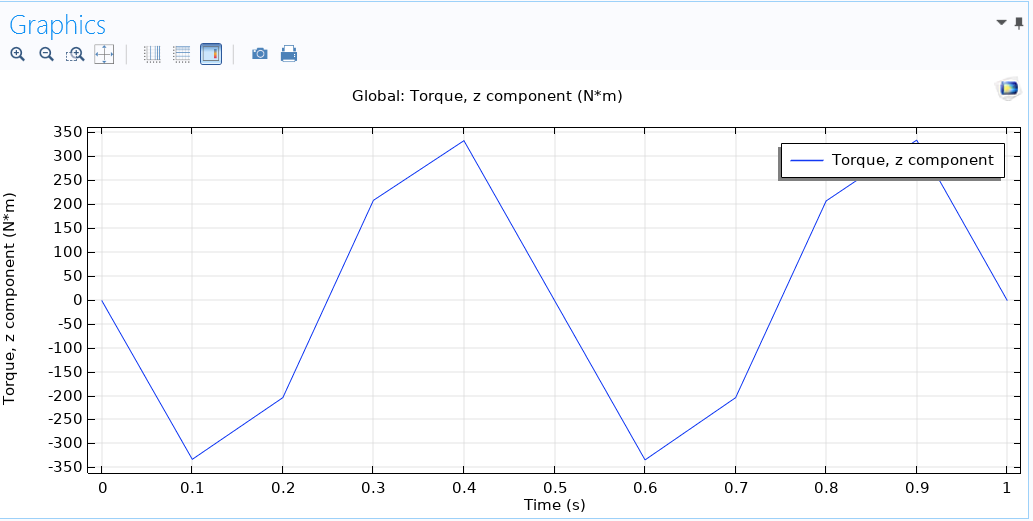

The centre of gravity of a body is defined as that point about which the sum of all the torques due to all the differential elements of mass of the body is zero. It is convenient that the gravitational interaction can be treated mathematically as a force acting at a single point, called the centre of gravity. (As usual, the gravitational interaction between the parts of the stick and things like the table, you, or anything else in the lab, etc. Additionally, the distributed mass of the stick must not be ignored, since there is a gravitational interaction between the earth and all parts of the stick. External forces are applied by suspending masses from it. In this experiment, a metre-stick is used as an approximation of a rigid body. Rotational equilibrium will be achieved if the magnitudes of the positive and negative torques are equal. For simplicity, the vector nature of torque is handled by the convention that a force that tends to cause counterclockwise rotation gives rise to a positive torque, and a force that tends to cause clockwise rotation gives rise to a negative torque. x-y plane, vertical-horizontal plane), then the torque, due to each individual force, is a vector perpendicular to that plane. τ 0 If all of the forces act in a single geometrical plane (i.e. F 0 The second is called the condition of rotational equilibrium, which means that the sum of all torques (relative to some given origin) due to those forces must be equal to zero: The first is the condition of translational equilibrium, which means that the vector sum of all forces acting on a body must be zero: In an inertial reference frame (a frame in which Newton’s laws are true), there are two conditions that must be satisfied for a rigid body to be in static equilibrium. A body is said to be in static equilibrium relative to a reference frame if it is motionless relative to that frame. is pivoted), a natural choice for the origin is the pivot. For a body that is constrained to rotate about a certain point (i.e. Where r is the position vector of the point of application of the force F with respect to the origin. With reference to an arbitrarily chosen origin, the torque due to a force F applied to the body is given by τ rF Here only the mathematical formulation of Consult your textbook for an extensive review if you need it. The tendency of a force to cause a body to rotate about some axis is measured by a quantity called torque, τ. Introduction If a force acts on a rigid body that is pivoted about some axis, the body will tend to rotate provided that the line of action of the force does pass through the pivot. This work is licensed under the Creative Commons License. Metre-stick 5 knife-edge clamps support stand balance masses (set of hooked masses) Equipment List B (NIC Campus Experiment) Contact your instructor regarding equivalent items to ensure that the purpose experiment is maintained. *If you do not have the Lab Kit, you can use equivalent items. Lab Kit* metre-stick 5 knife-edge clamps support stand balance (electronic balance) masses (4 water bottles with lids) Measurements of the magnitude and position of forces on the metre-stick will be used to accomplish the following objectives: Īpplication of the complete conditions for equilibrium of a rigid body to a metre-stick pivoted on a knife-edge.Įxperimental determination of the centre of gravity of the metre-stick.ĭetermination of the mass of the metre-stick by the application of known torques to the metre-stick.Ĭomparison of the experimentally determined location for a given applied force to produce rotational equilibrium with the location predicted theoretically.ĭetermination of the mass of an unknown object.Įquipment List A (Distance Experiment)

In this experiment, a metre-stick pivoted on a support whose position is adjustable will be subjected to various forces by hanging objects of various masses on the metre-stick. If the body is to be in equilibrium, it must be in equilibrium both with respect to translation and to rotation. Objectives Forces acting on a body of finite size tend to both translate and rotate the body. This lab is adapted from references 1 and 2. LAB 6: TORQUE AND ROTATIONAL EQUILIBRIUM This is a DIY lab.


 0 kommentar(er)
0 kommentar(er)
